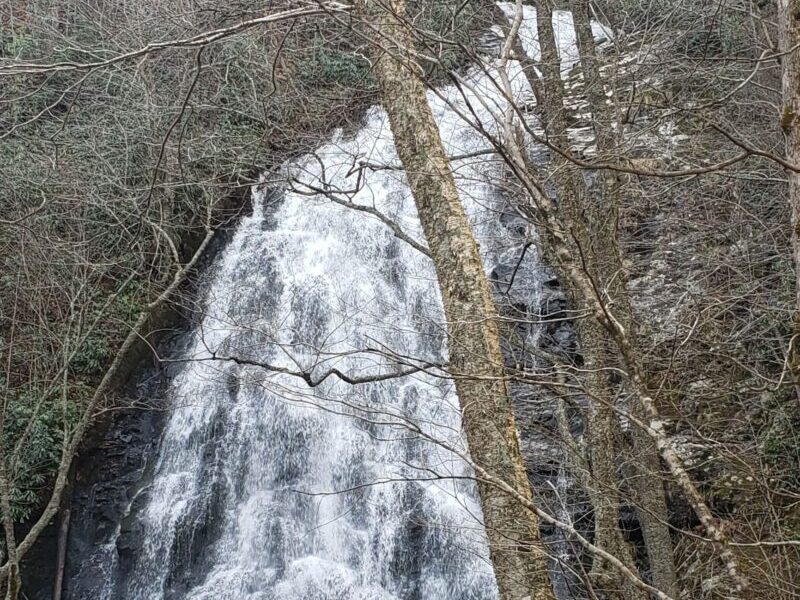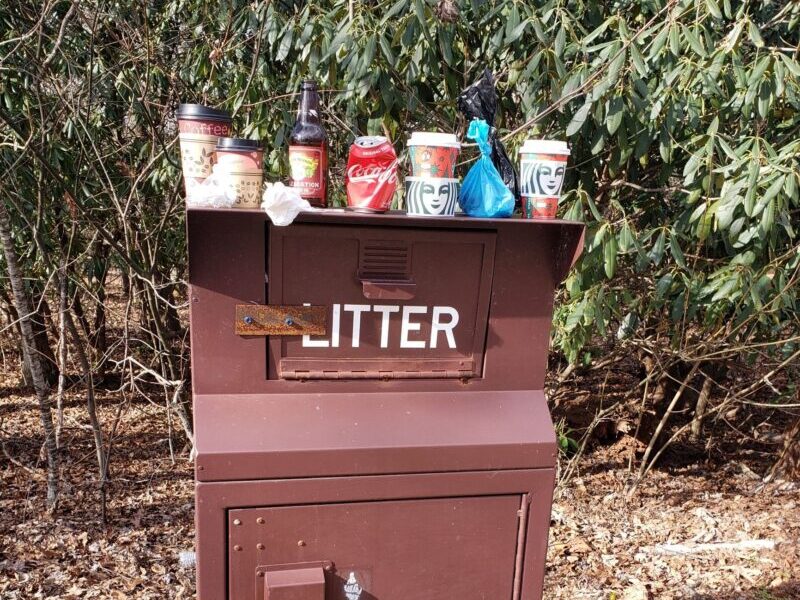Growing up in Girl Scouts, a popular refrain was “Take only pictures, leave only footprints.” That is the essence of Leave No Trace.
As we travel the Parkway, we all have the option to make it a better place. We do this by being aware of our impact on the landscape and to other visitors. This way, everyone has an enjoyable experience on the Parkway.
On a recent visit to Graveyard Fields and Black Balsam in the Pisgah District, the parking lots were overflowing and cars were literally parked in the road, so that the two lane roads were only passable by one vehicle at a time. It was not a positive visitor experience. The very next week, we received a call from a visitor who reported a similar situation at the Linn Cove Viaduct near Blowing Rock.
Let’s take a quick look at 7 ways that we can ensure an excellent visitor experience on the Blue Ridge Parkway for all of us:
Plan Ahead & Prepare
Travel & Camp on Durable Surfaces
Dispose of Waste Properly
Leave What You Find
Minimize Campfire Impacts
Respect Wildlife
Be Considerate of Other Visitors
If we all practice these simple tips, we can enjoy the road and trail and protect the landscape for generations of visitors yet to come.
North Carolina’s Make It Your Nature campaign offers a slightly different version of these 7 principles.


